Natural Resources Management - AI-powered Resource Management
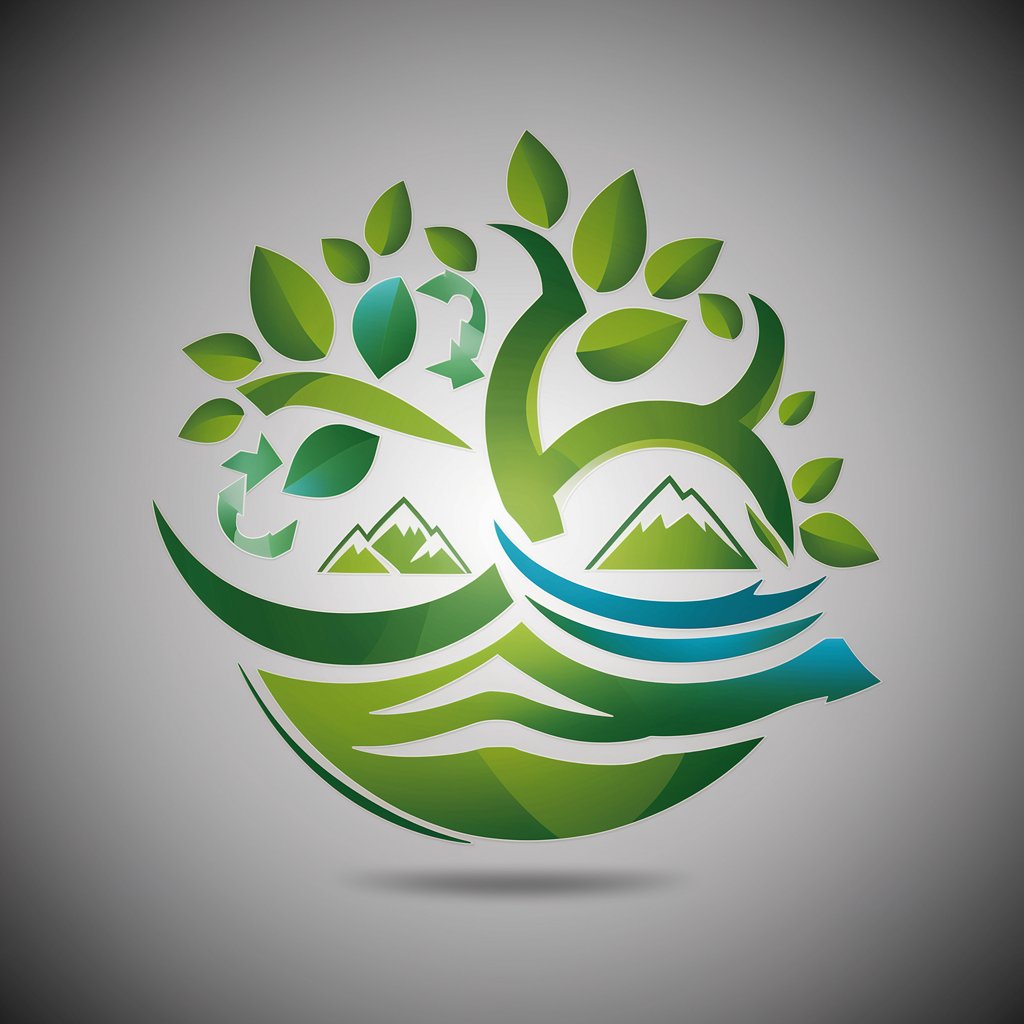
Welcome! Let's explore sustainable ways to manage our natural resources.
Empowering Sustainable Management with AI
Discuss the importance of sustainable forestry practices in preserving biodiversity.
Explain the benefits of renewable energy sources for reducing carbon footprints.
Analyze the impact of overfishing on marine ecosystems and suggest sustainable alternatives.
Describe methods for conserving water resources in arid regions.
Get Embed Code
Overview of Natural Resources Management
Natural Resources Management (NRM) involves the responsible oversight and stewardship of natural resources like water, land, minerals, and flora and fauna, aiming to ensure sustainable and equitable use. Its core premise lies in balancing the needs of the environment with human demands, ensuring that natural wealth supports current and future generations. NRM integrates various disciplines such as biology, ecology, geography, and economics, and employs tools from policy, legislation, and community engagement to manage resources effectively. For instance, in a protected wildlife area, NRM might involve monitoring species populations, regulating tourist access, and working with local communities to prevent poaching and habitat destruction. Powered by ChatGPT-4o。

Core Functions of Natural Resources Management
Conservation and Restoration
Example
Restoring degraded forests
Scenario
NRM initiatives might involve reforesting areas that have been logged or burnt, monitoring the recovery of biodiversity, and managing the area to prevent future degradation.
Sustainable Utilization
Example
Sustainable fishing practices
Scenario
Implementing quota systems and seasonal restrictions to ensure that fish populations remain healthy and that aquatic ecosystems are not over-exploited.
Policy and Legislation
Example
Water usage regulations
Scenario
Developing and enforcing regulations on water use for agriculture, industry, and personal use to ensure that water sources are not depleted and remain clean and available for future generations.
Community Engagement and Education
Example
Local conservation workshops
Scenario
Organizing workshops and educational programs to inform local communities about sustainable practices and involve them in conservation efforts, ensuring that NRM is inclusive and benefits all stakeholders.
Target User Groups for Natural Resources Management
Governmental Bodies
Agencies responsible for the formulation and enforcement of policies, laws, and regulations related to natural resource use. They require NRM to effectively manage public lands, water bodies, and other resources, ensuring sustainable development and conservation.
Environmental NGOs
Non-governmental organizations focused on conservation and sustainable practices benefit from NRM by gaining insights and tools to advocate for, implement, and monitor conservation and restoration projects.
Academics and Researchers
Individuals and institutions involved in studying natural resources, biodiversity, and environmental impact. NRM provides them with data, methodologies, and collaborative opportunities to conduct studies and develop solutions.
Private Sector Entities
Companies in industries like forestry, mining, and agriculture that rely on natural resources. NRM helps them integrate sustainable practices into their operations, ensuring long-term resource availability and compliance with regulations.

How to Use Natural Resources Management
Start Your Journey
Begin by exploring the capabilities at yeschat.ai, offering a hassle-free trial with no login required, and without the need for a ChatGPT Plus subscription.
Identify Your Needs
Determine your specific natural resources management challenges or areas of interest, such as conservation, sustainable practices, or environmental impact assessment.
Engage with the Tool
Utilize the tool to ask questions, generate reports, or seek advice on best practices in natural resource management tailored to your identified needs.
Apply Insights
Implement the recommendations and insights provided by the tool in your projects, research, or policy development efforts for effective natural resource management.
Review and Adjust
Regularly review the outcomes of applied strategies, using the tool to adjust approaches based on new insights or changing environmental conditions.
Try other advanced and practical GPTs
Human Resources Development
Empowering Professional Growth with AI

Human Resources Management
Empower HR with AI-driven insights
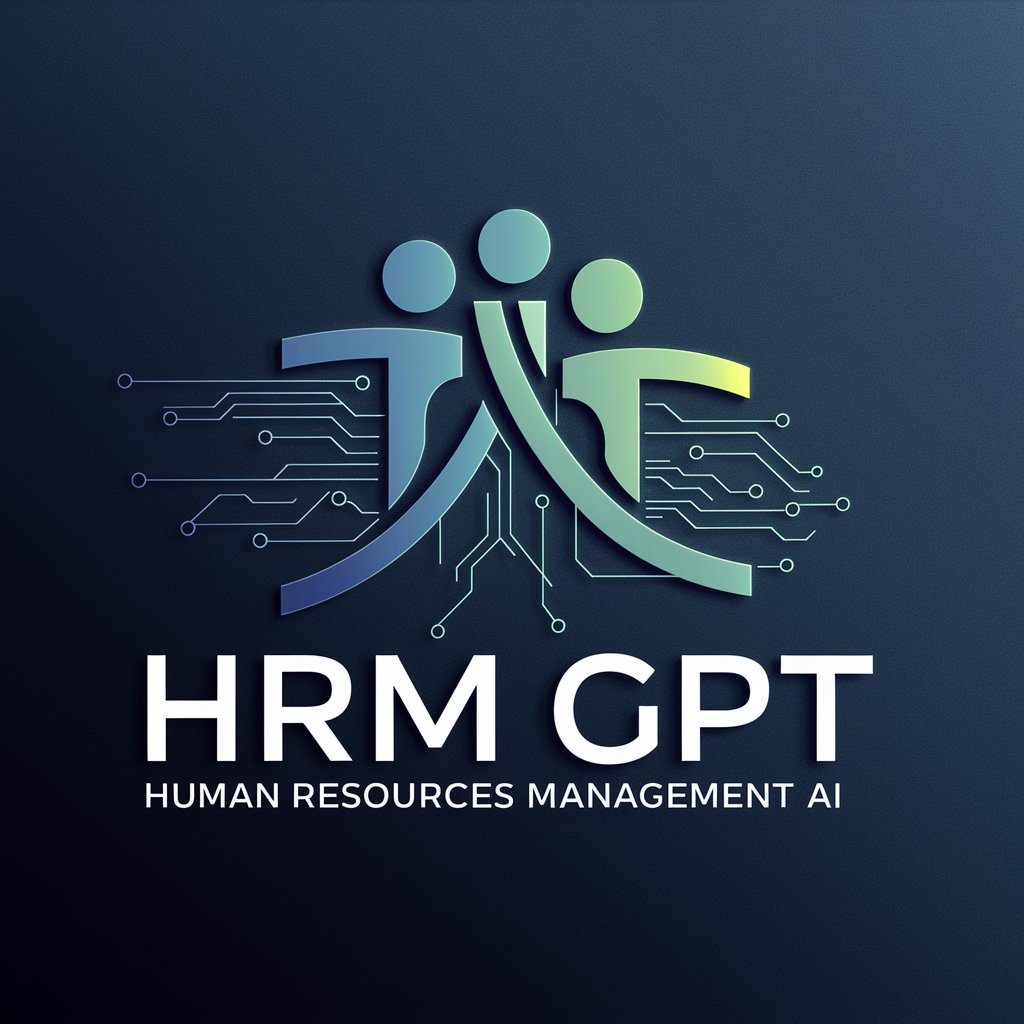
Human Resources Training
Empower HR Excellence with AI
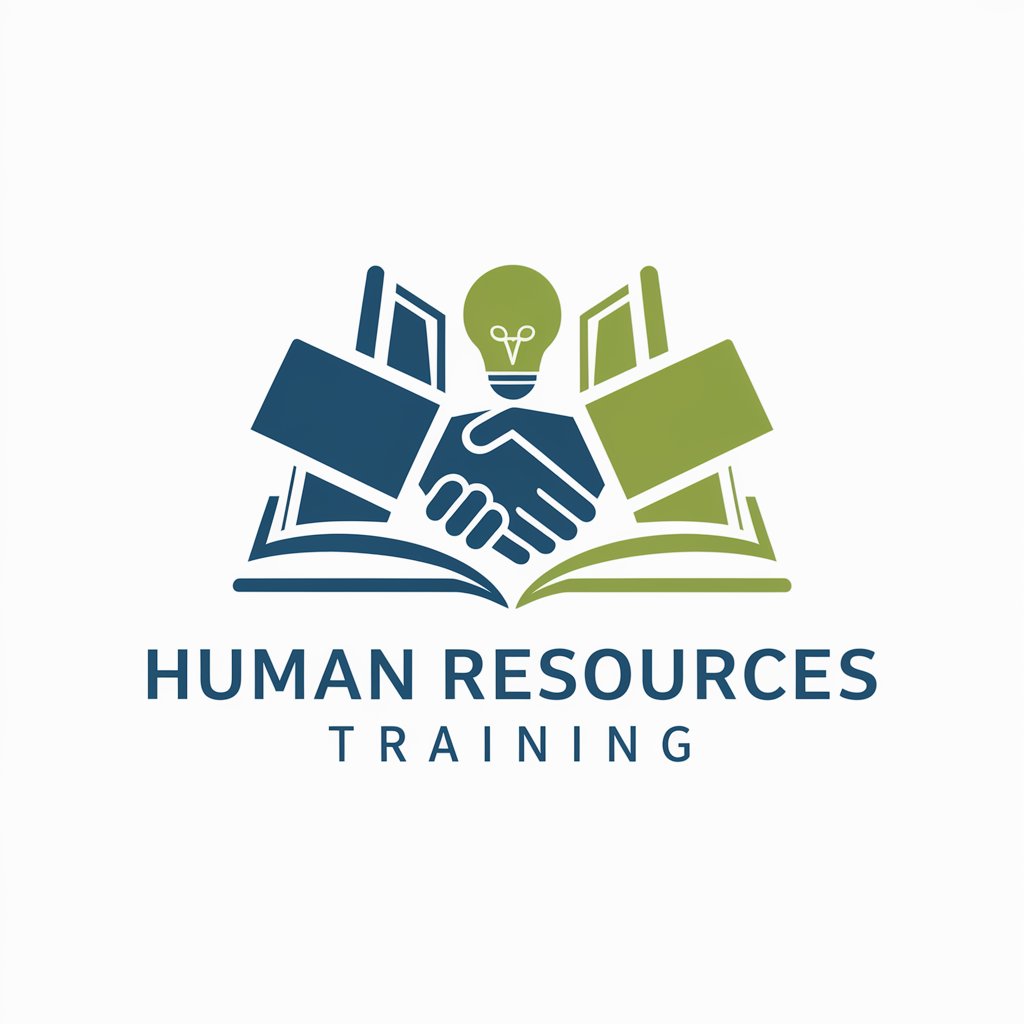
Advanced Case Study Expert
Empowering Design Decisions with AI

WebCraft Wizard
Crafting the future of web design, AI-powered.

AutoBiz GPT
Empowering decisions with AI-driven insights

Natural Resources
Empowering sustainable management with AI
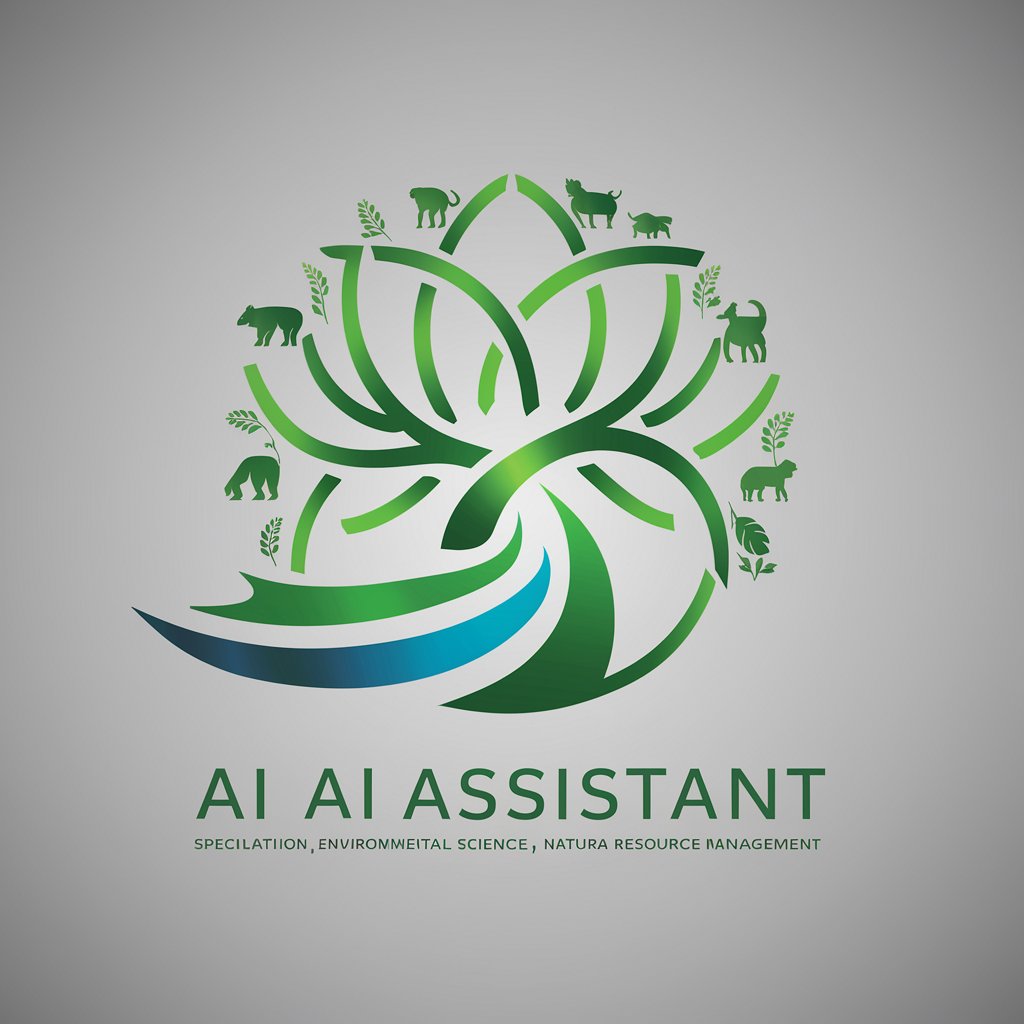
Resource Management
Maximize Resources with AI
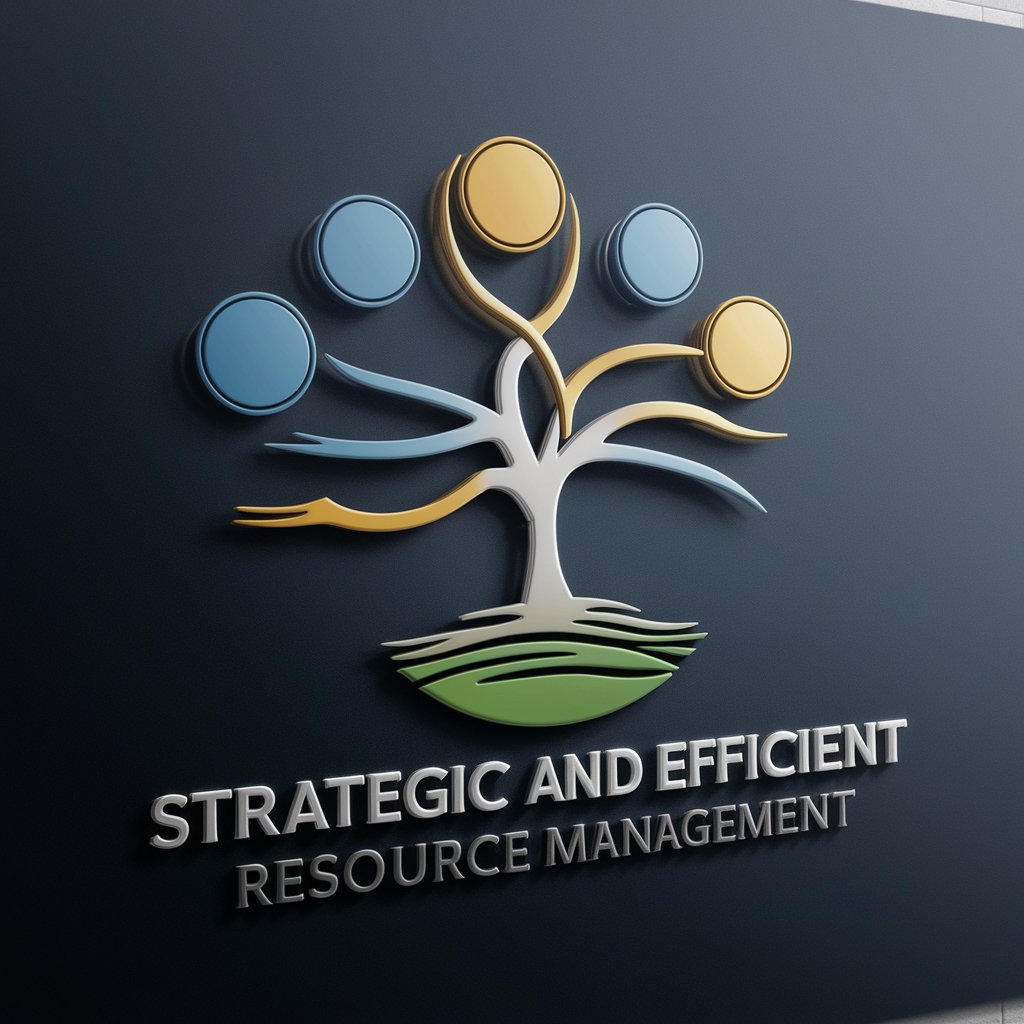
Skill Scout
Empower Your Team with AI-Driven Skill Insights

Public Service Administrator
Empowering Public Service Access with AI
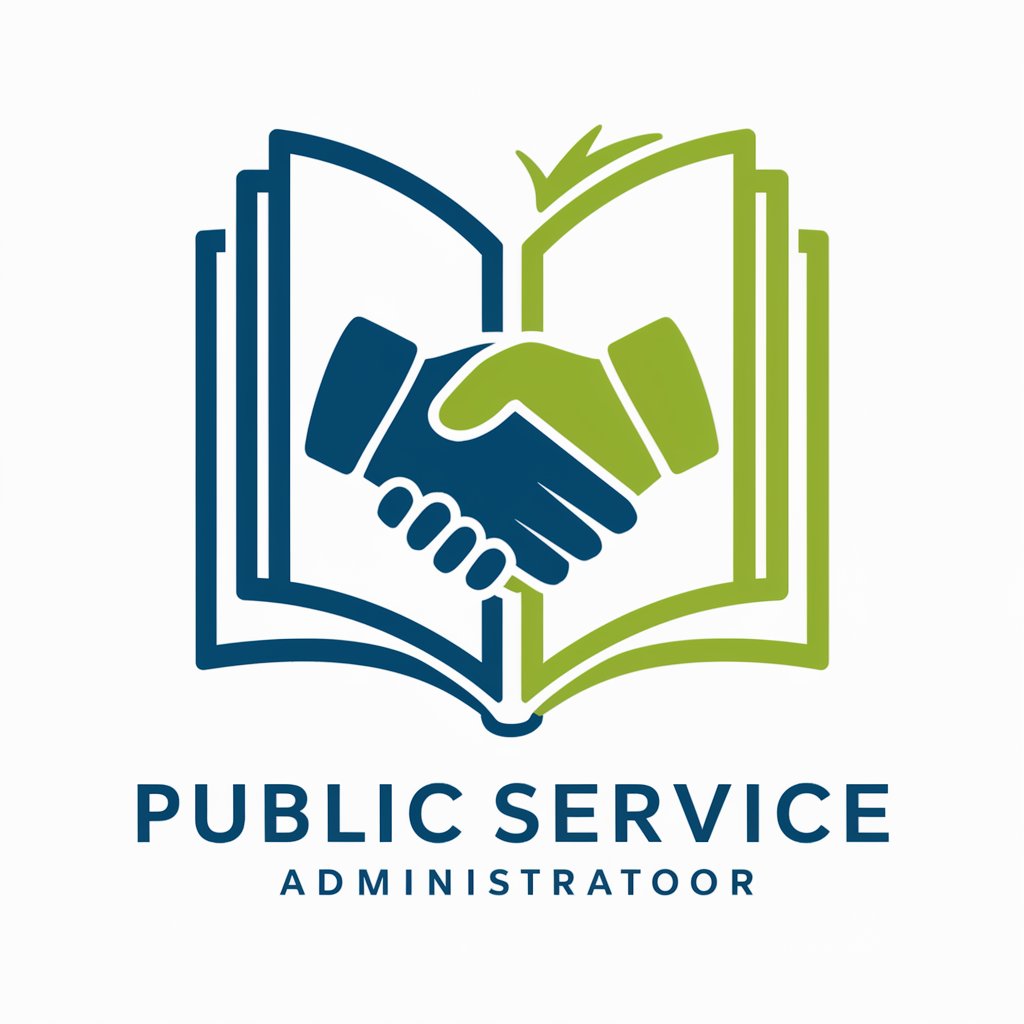
2024 Election
Empowering informed voting with AI-driven insights

President Poll
Unbiased Insights into Political Trends

FAQs on Natural Resources Management
What is Natural Resources Management?
Natural Resources Management refers to the sustainable management and conservation of natural resources such as land, water, soil, plants, and animals. It involves practices that ensure the long-term health and productivity of these resources, while also considering economic, social, and environmental factors.
How can this tool help in conservation efforts?
This tool provides data analysis, policy recommendations, and sustainable management strategies tailored to conservation projects. It aids in identifying areas of concern, assessing environmental impact, and suggesting actionable steps for biodiversity preservation.
Can this tool assist in policy making?
Yes, it can offer valuable insights and data-driven recommendations for environmental policy development. It supports policymakers by providing evidence-based analyses and scenarios for sustainable natural resource management.
Is this tool useful for educational purposes?
Absolutely, educators and students can use this tool to access comprehensive information on natural resources management, including case studies, theoretical frameworks, and practical applications in sustainability.
How does this tool incorporate the latest research?
It constantly updates its database with the latest findings and trends in natural resources management, integrating cutting-edge research and expert insights to provide the most current advice and strategies.
